"COLOR PALETTE" FROM THE COUNTRY
The village along the Bo River - where Ms. Hue was born and raised - is a fertile agricultural land. Every time the rice harvest passes, the mills discharge huge piles of rice husks. Although it does not cause pollution, no one cares to pay attention to it. But for Ms. Hue, this neglect evokes a feeling of regret: "With all this waste, if we knew how to use it, we could probably do something better."
The opportunity came in 2020, when the school organized a youth creativity competition. A year before, she had made vases, bags, statues, picture frames and even decorative items... from straw. This time, she wanted to try a different material.
"While looking at rice paintings online, I suddenly thought of the pile of steaming rice husks after each harvest. Why don't I try making paintings with rice husks? I started experimenting from then on," Ms. Hue said.
Ms. Hue began her journey quietly collecting rice husks from the rice mill and then brought them back to study how to create colors. As an art teacher with 20 years of experience in the profession, transforming the original yellow color of ripe rice grains into different shades of husks was not difficult for her. But the challenge was patience, because the tiny husks "painted" into a picture required the creator to bend his back all day. Ms. Hue said that it was impossible to spread glue on the surface and then spread the husks on top. Because doing so would make the picture look very messy and of course would not create a satisfactory visual effect. Therefore, when making a rice husk painting, Ms. Hue had to use a pen tip with glue and then attach each husk to the background.
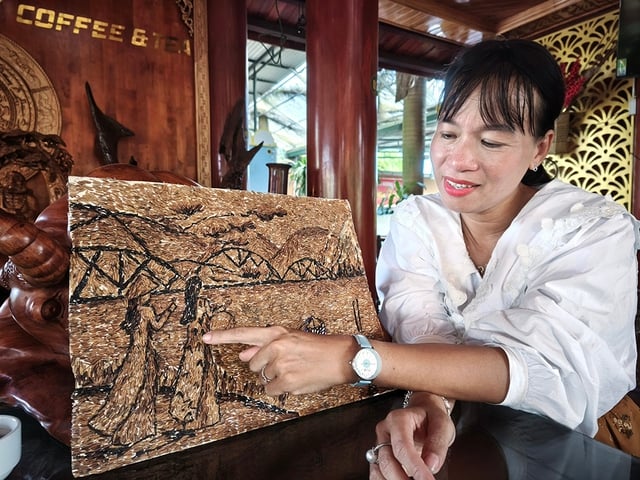
Ms. Hue's rice husk paintings have deep colors like the colors of Hue 's rice fields. PHOTO: HOANG SON

The smooth color transition of the rice husks gives the painting depth. PHOTO: HOANG SON
Ms. Hue has a unique way of creating a "color palette" for her paintings. When she gets the rice husks home, she meticulously chooses each husk with a different shade. But it usually only revolves around yellow, the only difference being the lightness or darkness. To have more vivid colors, she came up with the idea of roasting the rice husks in a hot pan. "Roasting on a light heat will turn golden brown. Roasting on a dark heat will turn cockroach wings. Roasting on a fire will turn into a deep black patch," she said. The seemingly simple transformations from the roasting stove open up a special color palette for her paintings. It is not the bright color of paint but the color of the countryside, of fields and harvests.
The first painting Ms. Hue completed was Thien Mu Pagoda, then the works of young women wearing Ao Dai on Trang Tien Bridge, lotus paintings, Buddha paintings... all very delicate. Bringing these works to competitions at the (old) district level to the provincial level, Ms. Hue and her students won high prizes.
CONQUER NEW LEVELS
Ms. Hue said that making rice husk paintings is not difficult. In addition to easy-to-find materials, the tools are also simple, just need background paper, a pen with a small tip, and glue to stick the rice husks. Add passion and patience and you can create paintings. However, to have a soulful painting, the maker must have aesthetic talent. Because anyone can draw a sketch, but to make the painting vivid, with depth, and smooth color transitions... the person "painting" rice husk paintings must have technical knowledge. "For example, with lotus paintings, if you only choose rice husks that have been roasted over fire and then put them on paper, it will be very difficult to have a beautiful painting. Especially the tiny veins on lotus leaves are inherently difficult to "describe". I have researched and learned from the method of inlaying eggshells in lacquer," Ms. Hue said.
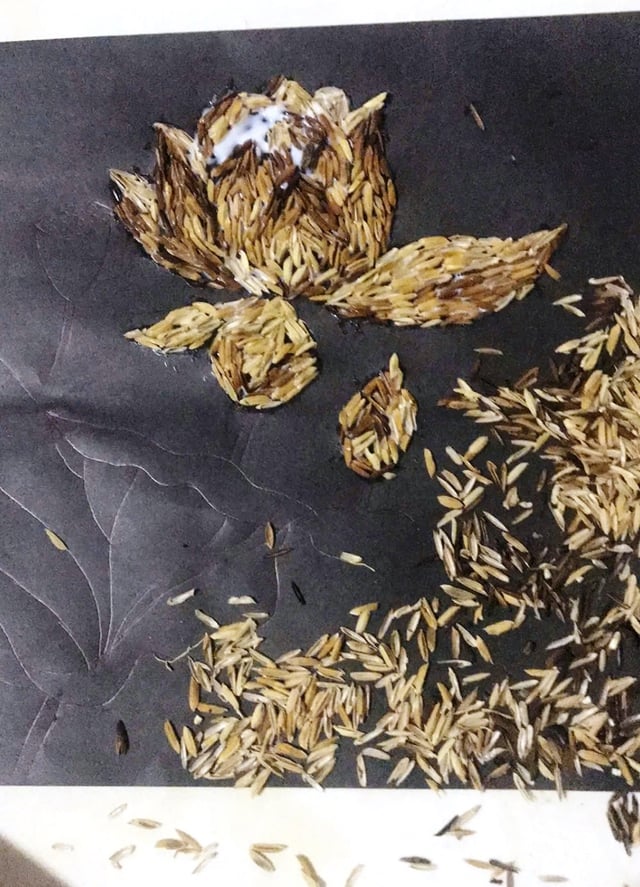
After sketching, each rice husk is glued on with glue. PHOTO: HOANG SON

Lotus painting from rice husks. PHOTO: HOANG SON
The lotus painting that Ms. Hue made on large-sized paper received a lot of love from viewers thanks to the details that only broken rice husks can create. She said that when making this painting, when it came to the lotus leaf veins, she was quite confused because she didn't know how to handle them, then suddenly the idea of "roasting" the rice husks and then using a tool to press them onto the glue flashed in her head. The way of spreading the rice husks on the surface to create leaf veins and dark and light spots without using any artificial colors created a special visual effect for the painting. "The loose fibers and broken pieces accidentally became strangely beautiful leaf veins. Even the lotus stem with tiny thorns was vividly depicted," she said.
During her time pursuing the material, Ms. Hue also tried peanut shells and did some experimental paintings. She also considered cutting beer and soft drink cans into square pieces like colored ceramics to create paintings to take advantage of metal waste and reduce pollution. In the future, in addition to exploring other ways to incorporate rice husks into paintings, Ms. Hue said she will continue to research different applications of rice husks, such as table lamps and souvenir products...
"So how much do you sell each painting for?", I asked. Ms. Hue said, after many years of painting from rice husks, she only takes them to competitions or gives them away. If anyone likes them, she sells a few paintings for 300,000 - 500,000 VND each. Ms. Hue herself considers rice husks a waste product, so she only makes a profit from her labor and, more importantly, contributes to spreading the message of environmental protection, making use of what is available to turn into useful products.
"There were two students who made beautiful rice husk paintings. Seeing the children passionate about rice husk paintings, I sometimes thought: If only I had the time and money to develop the rice husk painting industry so that children in difficult circumstances could come and do it, and have more income, how great that would be," Ms. Hue shared. (to be continued)
Source: https://thanhnien.vn/ky-nghe-doc-la-bien-phe-pham-thanh-tac-pham-185251120213002951.htm



![[Photo] National Assembly Chairman Tran Thanh Man holds talks with South Korean National Assembly Chairman Woo Won Shik](/_next/image?url=https%3A%2F%2Fvphoto.vietnam.vn%2Fthumb%2F1200x675%2Fvietnam%2Fresource%2FIMAGE%2F2025%2F11%2F20%2F1763629724919_hq-5175-jpg.webp&w=3840&q=75)
![[Photo] President Luong Cuong receives President of the Senate of the Czech Republic Milos Vystrcil](/_next/image?url=https%3A%2F%2Fvphoto.vietnam.vn%2Fthumb%2F1200x675%2Fvietnam%2Fresource%2FIMAGE%2F2025%2F11%2F20%2F1763629737266_ndo_br_1-jpg.webp&w=3840&q=75)
![[Photo] Lam Dong: Panoramic view of Lien Khuong waterfall rolling like never before](/_next/image?url=https%3A%2F%2Fvphoto.vietnam.vn%2Fthumb%2F1200x675%2Fvietnam%2Fresource%2FIMAGE%2F2025%2F11%2F20%2F1763633331783_lk7-jpg.webp&w=3840&q=75)


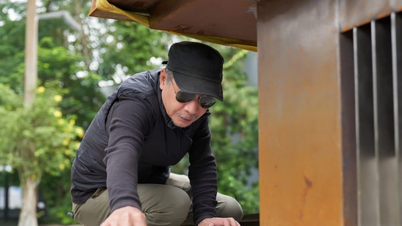












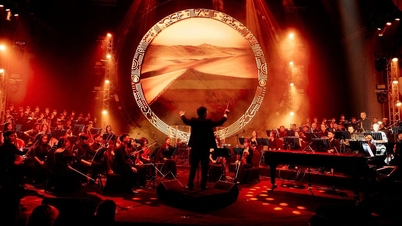


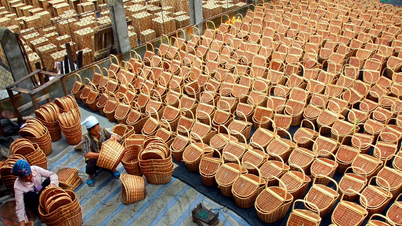


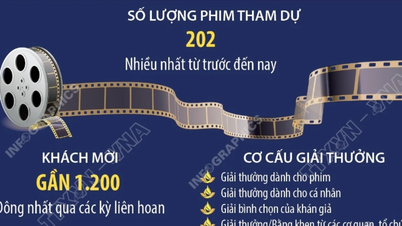




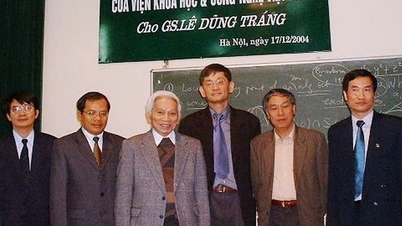
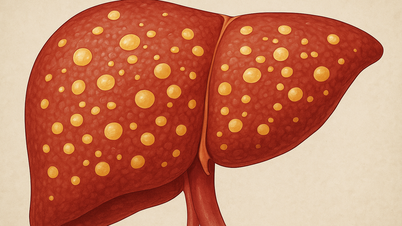

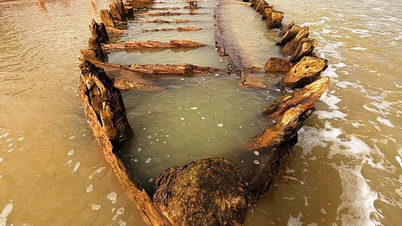









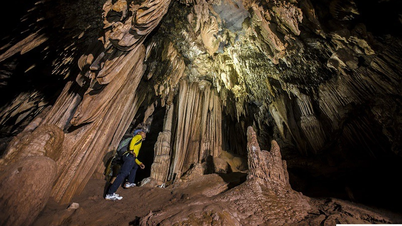

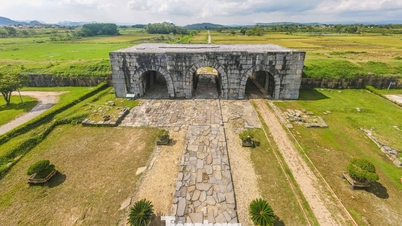



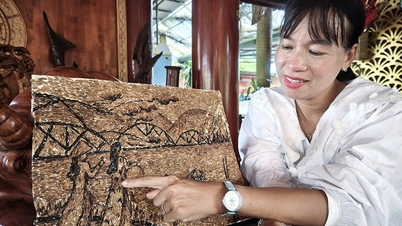



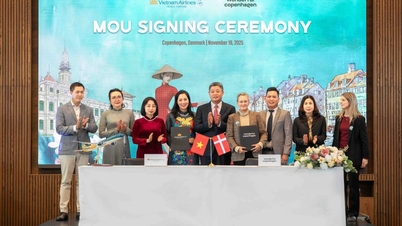






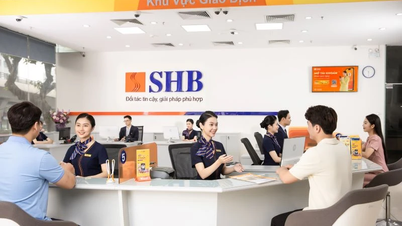








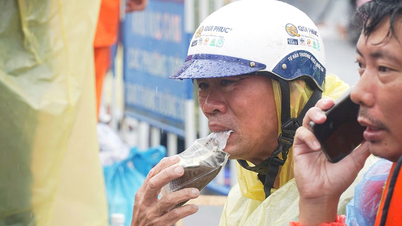

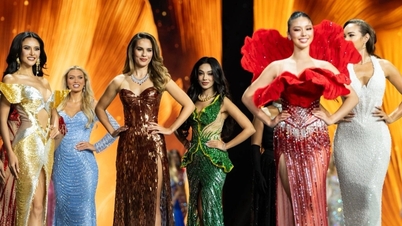

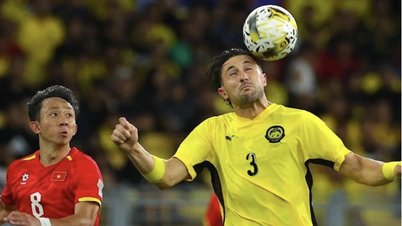





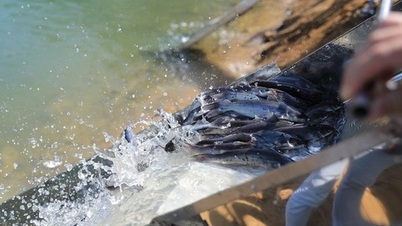

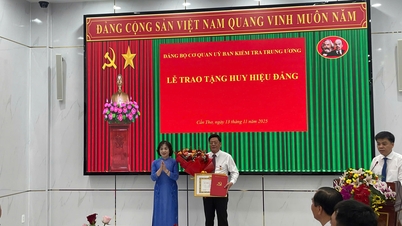






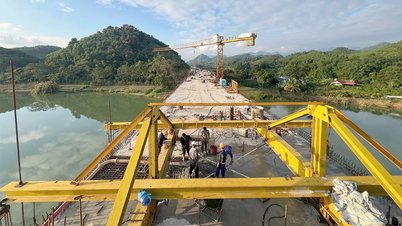


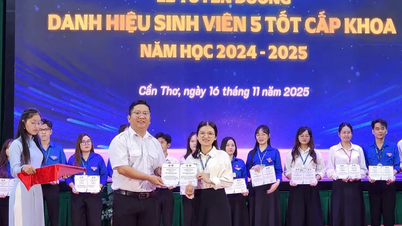












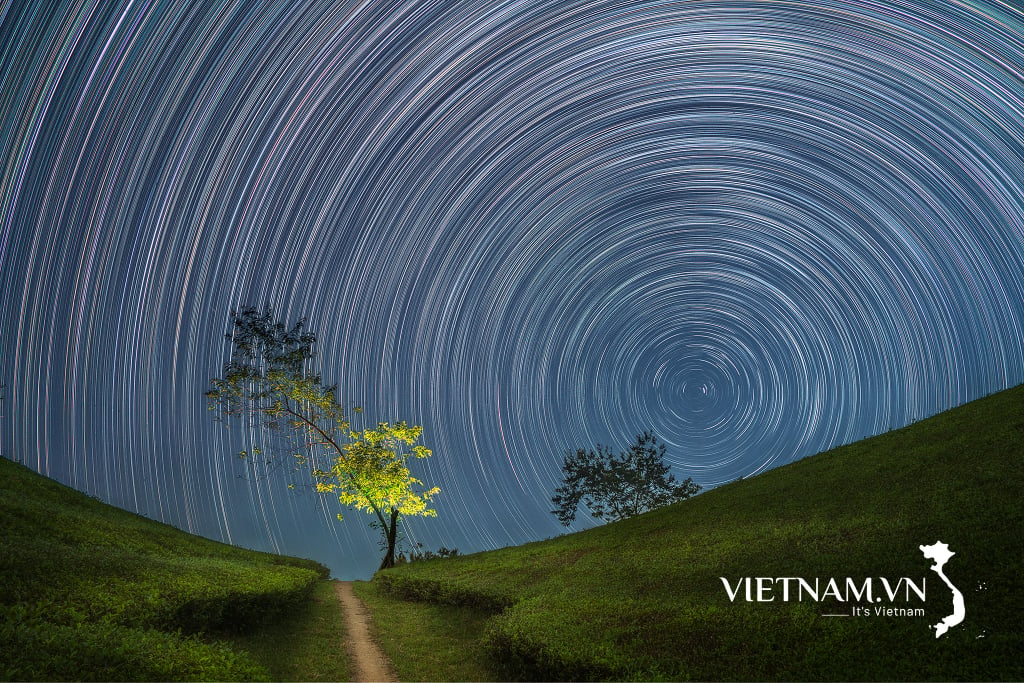



Comment (0)